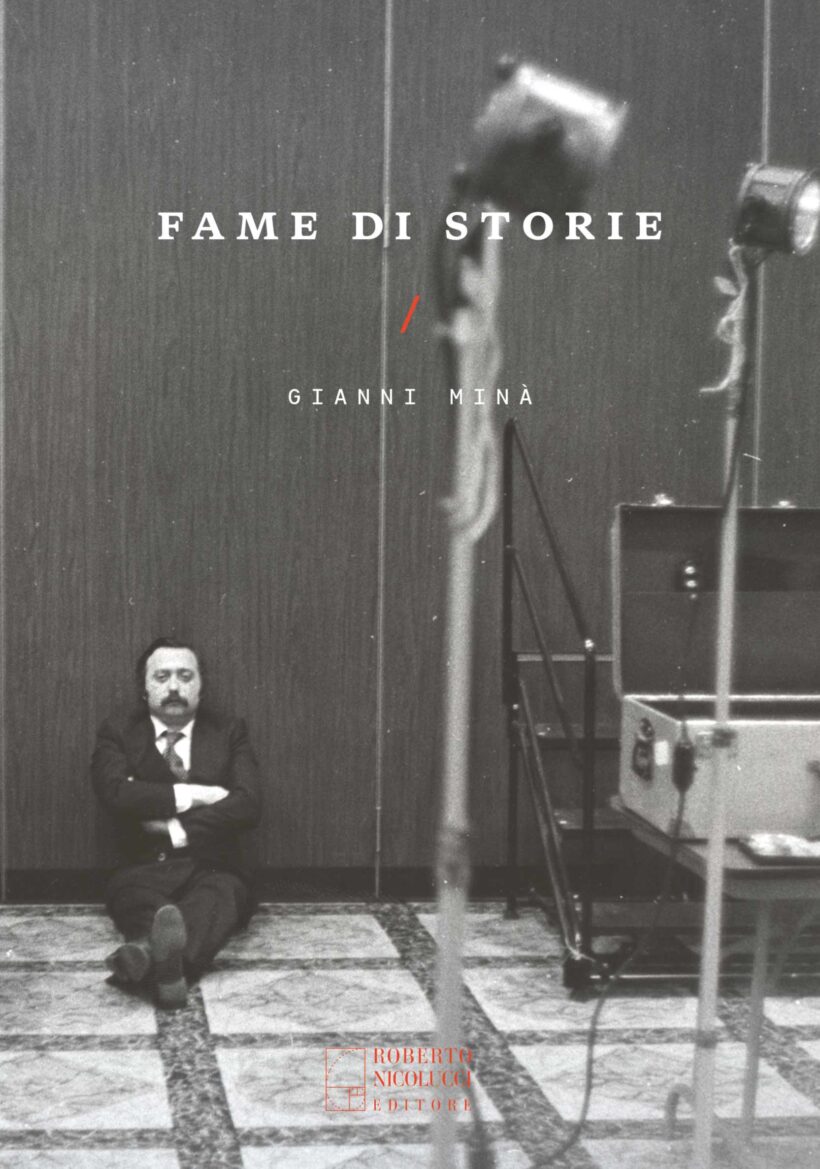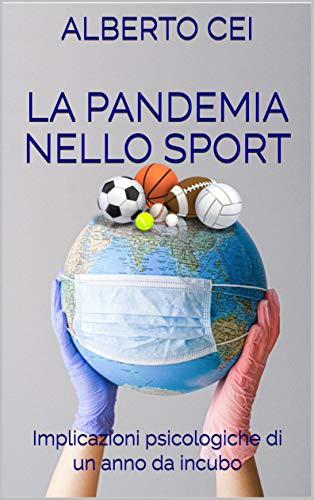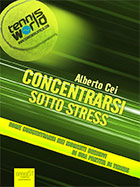Human beings were born to run, running is a sport, all should be sport persons. This syllogism allows us to illustrate a discovery that has brought new light on the relevance of movement to human beings and their evolutionary development. It has already been 20 years since the results of research were published in 2004 in Nature, one of the most prestigious scientific journals, stating, on the basis of fossil findings dating back 2 million years, that endurance running played a significant function in the development of our species. No other primate has, in fact, developed this skill; one of the evidences lies in the long tendons connected to short muscle bands that are able to generate force economically, thus saving 50 percent of the metabolic cost of running.
The hypothesis is that Homo developed resistant running to hunt animals and to carry off prey carcasses quickly. Bramble and Liebermann, authors of this study, argue that resistant running made possible a diet rich in fat and protein responsible in Homo for the development of a large body, small gut, large brain and small teeth. Today we know that in our modern society endurance running is no longer necessary to secure daily food for ourselves and our clan, it has changed function: for many it is a ‘recreational and wellness-promoting activity, while for others it has turned into a competitive sporting event. We must not forget, however, that millions of years ago it was one of the sparks that formed the basis for the evolution of the human being we are now.
Movement and running have not only been the foundation of the development of the human species but play an equally important role in the development of each individual human throughout his or her life span. Observing children, one can easily see that they rarely walk and much more often run. Children are tireless athletes, from the time they crawl they are in constant motion, going in and out of rooms, getting on and off sofas and armchairs, they love to throw themselves on the floor and get back up, they like to go on swings because feeling the speed is exciting. From the time one is born until the first three years of life, one is faced with a continuous evolution toward physical and psychological autonomy, culminating in knowing how to run and move in environments where there are no adults. This conquest of the world happens only because of young children’s ability to be able to move more and more freely and in knowing that when they return to adults, they, are there and continue to love them even though they had moved away.
The adult’s task is, therefore, to foster this development by providing emotional support to the child but also by teaching the child how to learn and how not to get hurt. In these moments, the adult acts as a teacher who educates the child to take risks that he can control. He or she may, for example, teach a child to ride a bicycle on two wheels as early as age two; this activity involves the risk of falling, and the parent must minimize this eventuality. This mode can be applied to any other attempt at autonomy in movement; the adult who forbids and yells for fear that the child will hurt himself may, on the contrary, inhibit his motor development and help him develop a sense of fear attached to any autonomous action he takes. In addition, those children who are left alone to watch television for hours or who are still being carried in a stroller at age four are examples of how a sedentary lifestyle can develop. Moreover, it must be equally clear to the adult that any new learning requires, on both sides, time and dedication; one explanation or a few rehearsals is not enough; one must insist and stay with the child until he or she has learned.
The adult must, therefore, also be educated and not left alone, since he is often afraid that the child will fall and hurt himself and does not know that this attitude of his is contrary to the natural maturation of a function, such as walking. In fact, children learn through dozens and dozens of attempts, and it is enough to observe how much joy they express when they are able to stand on their own feet or take their first steps, to understand that they are composing the first simple sentences of what can be defined as motor literacy, of which sports champions represent the culmination and finest point of evolution that human beings can achieve.
Movement is, however, not only the basis of development in the early years of life but also enables the young person, child or adolescent, to manifest those specific skills that will accompany him or her throughout their entire existence and form the motivational basis for continuing to be a sportsperson in adulthood. The skills identified are the following: deriving pleasure from motor or sports action, moving with thought, knowing how to take calculated risks, and knowing how to live in a group.
Taking pleasure from movement or sports action is extremely important as it fulfills one of the crucial motivations, which is to learn to get excited and expend energy through movement. Developing a physically active lifestyle, on the other hand, is a primary component of human life that in recent decades, unfortunately, has been waning, pushing humans toward an increasingly sedentary lifestyle. Conversely, motor activity as well as sports make it possible to recover a physically active lifestyle, and for this to happen, it is necessary that the activity be carried out with respect for everyone’s motivation and skills and be included in the school curriculum.
Moving thinking, on the other hand, requires learning to serve one’s thoughts during the activity being performed. Teaching young people to be psychologically autonomous is the goal of every educator. This attitude must be built up from the time they are children by having them perform exercises in which they have to make decisions, reinforcing not only the correctness of their choices but especially the ability to make choices. Therefore, young people must not only be taught to act in accordance with the instruction they have received, but situations must also be created in which they are confronted with motor or sports problems that they will have to solve.
Moving with thought is well related to knowing how to take calculated risks. It means being confident in one’s motor skills and being convinced that one knows how to deal with a given motor situation because one has done it before or because it is similar to others already known. At the same time it implies being aware not to face situations that one considers too difficult or that may put one’s physical safety at risk. The young person through motor and sports experience, which should have been and is rich and differentiated, learns to decide quickly what/how to do but also to stop.
The last dimension to be developed concerns the ability to live in a group. Feeling part of a certain social context, the school group, the sports group or the group of friends is one of the primary needs of every young person, and sharing one’s motor experiences with other peers plays an important formative function. Only living in a group teaches one to respect its rules, to cooperate even in a competitive environment, to learn to put one’s personal goals before those of the team/group, and, in more global terms, teaches one to live in one’s social context by playing a positive role toward oneself and others.
In conclusion, underlying the establishment of Homo Sapiens was the ability to develop the ability to run and thus to hunt prey by chasing them for long periods and to move rapidly in arid and hostile environments. This allowed the spread and development of human beings as we know them today. Moreover, each individual repeats in part the history of humankind and through the process of motor literacy becomes autonomous and copes with the world around him. In this area adults, play an essential role, they either promote this process of motor and psychological independence or they can if not inhibit it at least impair it.
In summary, let us not forget that man was born to run even though unfortunately we live in the age of the stroller, play stations and social media.
Bramble, D., e Liebermann, (2004). Endurance running and the evolution of Homo. Nature, 432, 345-352.









